SUMMARY
This is AI generated summarization, which may have errors. For context, always refer to the full article.
![[OPINION] He does not die for me](https://www.rappler.com/tachyon/2022/07/iSpeak-topgun.jpg)
When I was growing up in Basa Air Base, Pampanga, there was never a day that I was not awed by fighter jets doing high-speed low passes, barrel rolls, and other aerobatic maneuvers. So when Top Gun landed in theaters in 1986, I did not think twice about watching it. Thanks to its amazing aerial cinematography and entertaining storyline, it went on to generate analogous reactions around the world notwithstanding its political incorrectness and American adventurist leanings. According to industry analysts, nostalgia for the film is one reason why moviegoers like me are heading back to the cinema in 2022 despite the pandemic. The other is positive word of mouth, some even coming from actual fighter pilots, about its sequel, Top Gun: Maverick, which recently hit the $1-billion mark.
As I shared these points with my wife and children, however, I realized there was something more about the 2022 sequel that resonated with me.
I suspect it’s because of the fact that the F-18 featured prominently in the film was the same aircraft type that my father, then Col. Benny Katindoy, call sign “Katz,” had the chance to fly as part of our government’s exploratory efforts to modernize its aging air force fleet in the ’90s. Whenever I see my father’s framed “Hornet 1st Flight Certificate” next to his mounted pictures showing him standing next to fighter jets, I would remember Papa gushing about the “responsiveness” of the F-18. If only a developing country like the Philippines could afford its steep economic and social price tag given the many things crying out for attention in our sad republic.
Alas, it was while he was airborne in an F-18 that Papa realized something did not feel right. It was not that he could no longer withstand the usual g-forces that went with flying fighters. He had, after all, flown nearly all of the jets (i.e., the F-86, the F-5A, the T-33, and the S2-11) in the inventory of the Philippine Air Force. Neither was it a premonition about the 1997 Asian financial crisis that would get in the way of our country’s acquisition of F-18s (see maxdefense.blogspot.com). It was something else.
Alarmed, he underwent a thorough medical after coming home. To our shock, he was diagnosed with cancer which he valiantly fought. Unlike his other life struggles, he would lose that battle eventually, but not until he had shared most of his life stories.
One such story was about his dream of finishing college. Coming from a big single-income family, my father had to adapt to my Lolo’s unconventional plan of alternating the schooling of his thirteen children. So even if Papa did well in Mapua, he was asked to give way to his other siblings. Ever the obedient son, he complied. Secretly, however, he tried to find a way by qualifying as a cadet of the Philippine Air Force Flying School. After Papa narrated this, I appreciated all the more his oft-repeated reminder to us growing up: “Pagbutihan ‘nyo ang pag-aaral ‘nyo, idoy. Wag ‘nyong sayangin.” (“Do well in your studies, son. Don’t let it go to waste.”) Now that I am a father, it is one story I never tire of telling my own children.
I never had the chance to ask why my grandfather did not attend Papa’s graduation. I do know he did not want my father to become a pilot. Papa did not seem to mind. Whenever his mission orders took him to the Visayas, he would “visit” my grandparents by buzzing their house to the mixed amusement and irritation of their neighbors.
His mischievous side notwithstanding, my father put a premium on esprit d’corps the way Maverick valued team building in the sequel. Year in, year out, Papa would enthusiastically orchestrate his squadron’s family days, volleyball matches, and minus-one sessions. When one of his enlisted personnel was stricken with a serious illness, he made it a point to visit to provide encouragement. When younger pilots got demoralized after a series of air mishaps, he flew with them to offer assurance.
Maybe this was why many of those who served with Papa came to see him off when he passed away. I did not expect four of them to fly in though. At the precise moment that the hearse entered the cemetery, I heard the roar of their jet engines from a distance. As the roaring grew louder, I instinctively looked up to see four F-5As flying low in diamond formation. Not long after, the F-5A on the right pulled up while the rest of the planes continued in level flight – the now familiar missing man formation, the aerial salute to fallen military aviators.
Not being a military aviator, I seriously doubt if I will ever do a Maverick by calling on my father’s spirit in life and death situations. But if we go by the insight of the Jesuit philosopher Roger Troisfontaines, we don’t really need to wait for such situations. “The keeping of communion with the departed now rests with the one who survives…. But so far from considering his memory as a lifeless and silent relic, I am inspired by his spirit, I keep myself in his brilliance, I consult him in the depths of my heart, he does not die for me.” – Rappler.com
Von Katindoy is a graduate student and a college instructor.
Add a comment
How does this make you feel?
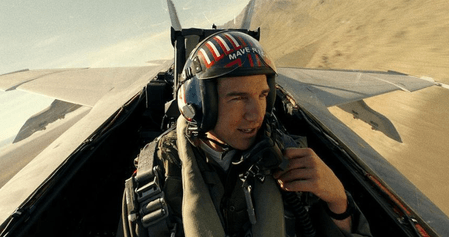
![[OPINION] A madness of dadness](https://www.rappler.com/tachyon/2022/06/A-MADNESS-OF-DADNESS-2.jpg?fit=449%2C449)

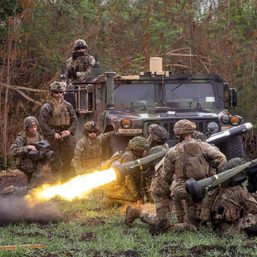
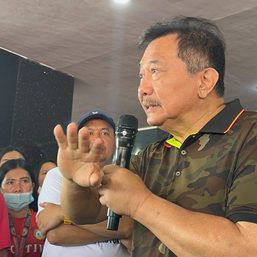
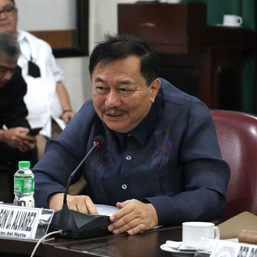
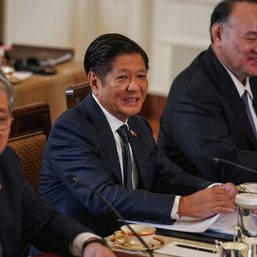
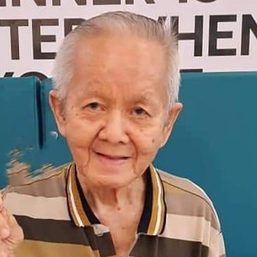


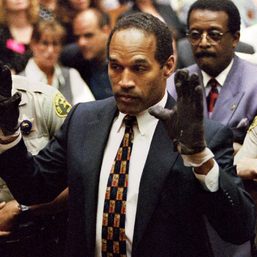
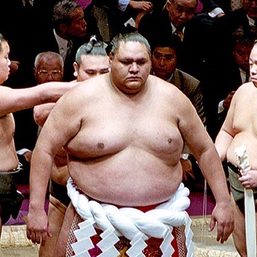
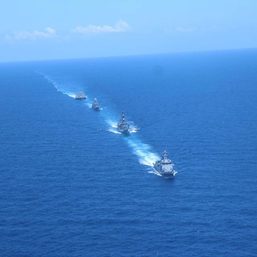
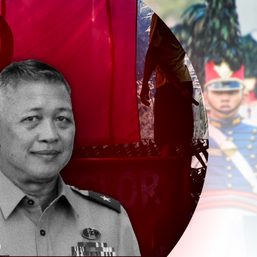
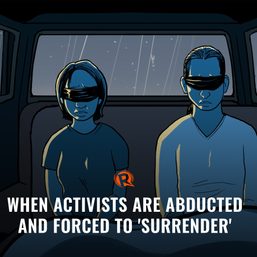
![[ANALYSIS] The sharp power challenge: Defending PH from within](https://www.rappler.com/tachyon/2024/03/sharp-power-challenge-march-5-2024.jpg?resize=257%2C257&crop_strategy=attention)

There are no comments yet. Add your comment to start the conversation.